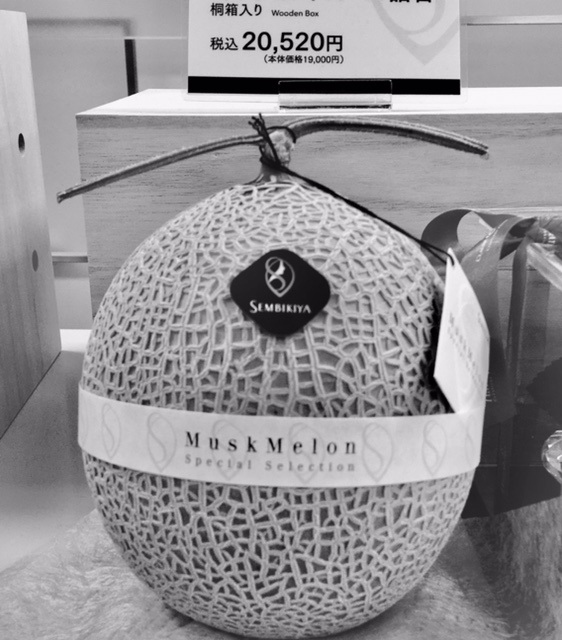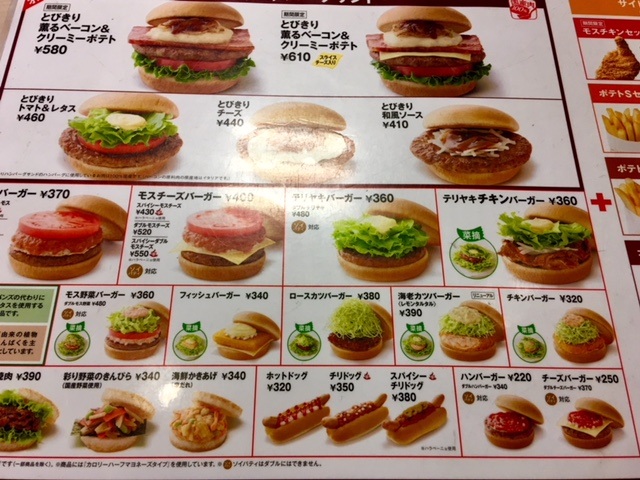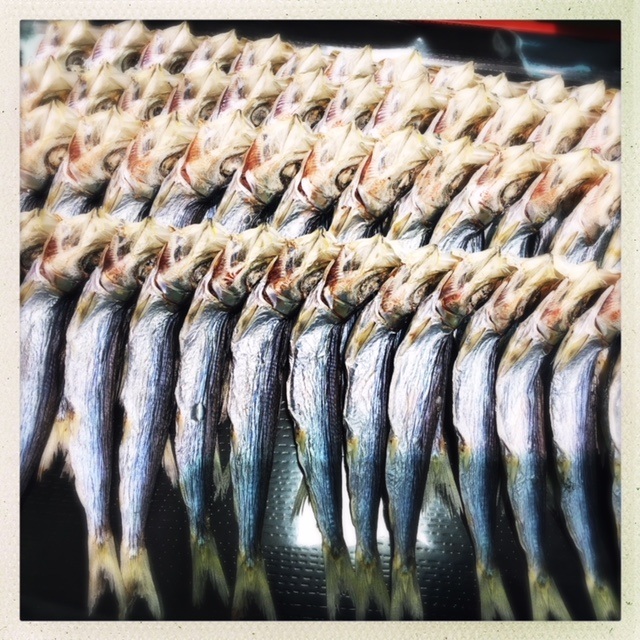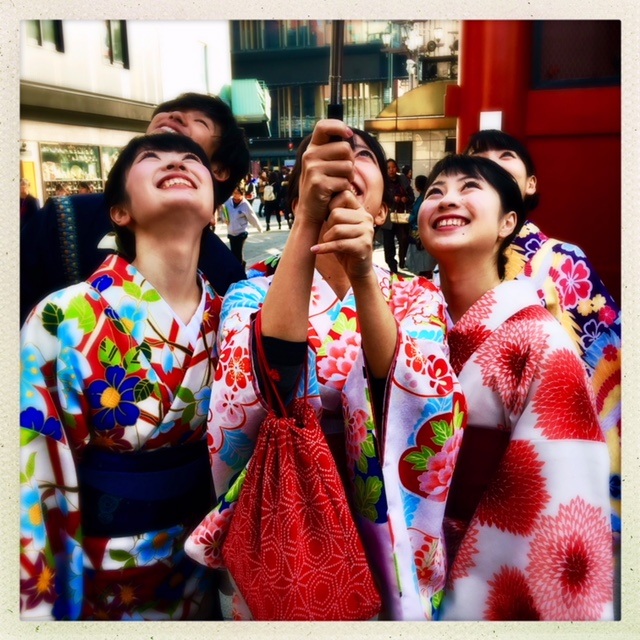Tokyo in three days! Ramen. Kombu. Miso. Pickled vegetables. Selfies. Traffic. Fried rice wafers. Mochi sweets. And Japanese breakfast (Grilled fish, white or brown rice, miso soup with tofu, a room temperature soft cooked egg, fermented soybeans, and green tea) every day. Here is a snapshot of our Tokyo culinary tour.
Tokyo is not just big, or large, it makes Manhattan look like a tiny village. We arrived in Tokyo a few weeks back to spend two days cooking with Elizabeth Andoh, who has lived in Japan since 1967 and who married into a Japanese family soon thereafter. Andoh is the author of “At Home with Japanese Cooking,” as well as the more recent cookbooks “Kansha” and “Washoku.”
Elizabeth lives in a beautiful apartment with a view of Mount Fuji, but Tokyo apartments are small, as in 800 square feet. Everything has to be highly organized, including many social interactions, in order to make living cheek to jowl a pleasant experience. I quickly found the formalities of social life such a pleasure that when I recently went into a Japanese store in New York, I missed the lack of formality and energetic greetings.
There are two terms in Japanese that truly explain the subtleties of the culture. The word settoku roughly translates to, “I know that we need to come to an agreement but I disagree with you.” It signals the need for persuasion. The other term used in a negotiation is nattoku which means, “You and I are basically agreed, and we will find a way to move forward together.” And my favorite Japanese word is shitsukoi, which refers to someone who is really driving you crazy because they are so insistent. Probably not a word to be stated out loud in public!
In just two days, I experienced kombu and miso taste-tests, learned to pickle vegetables in 30 minutes, developed flavor in simple dishes in new ways and barely found time for a bowl of ramen in downtown Tokyo. We (I travel with my long-time director and videographer, Jan and Michael) even went out for a MOS Burger the second night. Yes, it was not sushi, but there was something satisfyingly anachronistic about getting a burger in Tokyo that was cooked to order and, yes, delicious. The ramen—based on a milky white pork broth—was exceptional. It was served in a small storefront with a vending machine selling ramen tickets that were then given to the lone server behind the bar.
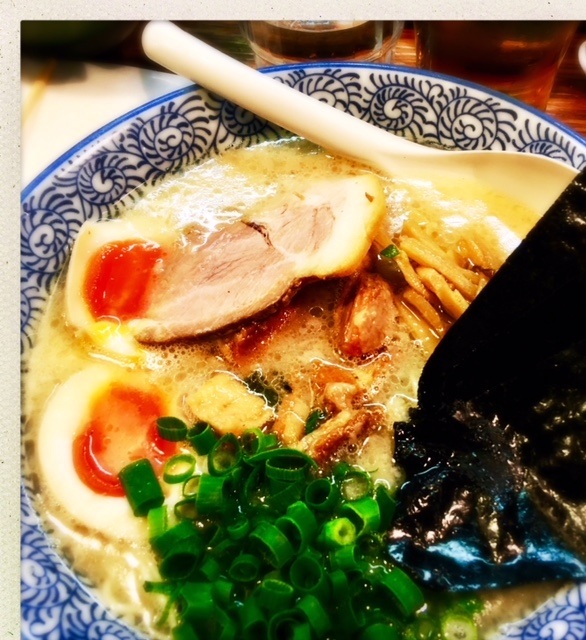
Before we left for Taipei, we also visited the old shopping street where dried kombu, or edible kelp, is still shaved by hand for use in cooking. The long strip is held down with one foot and the other end by the left hand. It is shaved with a simple metal blade. One of my favorite food stall snacks was fried, salted rice wafers. We then shopped in the basement food court of Takashimaya, an endless department store—take Harrod’s and multiply by 10. Elizabeth told me that when one visits someone in the hospital, the gift of choice is a very expensive muskmelon that can cost up to $200 each. That is a not a typo. And, very often, it is the hospital staff who ends up enjoying it.
I love Japanese sweets. Mochi balls (a chewy dough made from rice powder) filled with red bean paste is one of my favorites. The jellies are a bit too sweet, although the waffle cookies filled with green tea cream or other fillings are quite good. I love the packaging most of all—it’s an art. (Minamoto Kitchoan in NYC on Madison sells many of these items. You can also purchase from their online store, although shipping from Japan is expensive.)
